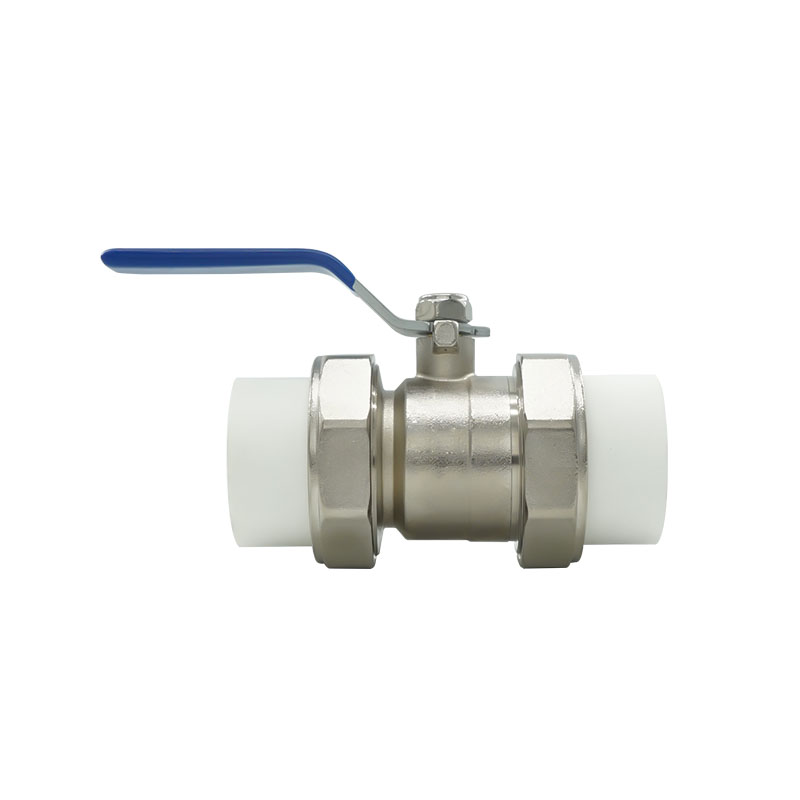Ball valves and butterfly valves each have their own advantages and applicable scenarios. The choice needs to be made based on specific application needs and technical requirements. The main differences between ball valves and butterfly valves are structure, operation mode, purpose, sealing performance and applicable scenarios.

Structure and operation mode:
The opening and closing parts of the ball valve are spheres, which are driven by the valve stem and rotate around the axis of the ball valve to achieve the switching function. The ball valve has low fluid resistance and is easy to operate. It only needs to rotate 90° from full open to full closed.
The opening and closing parts of the butterfly valve are disc-shaped butterfly plates, which rotate around the valve axis to achieve the purpose of opening and closing. The butterfly valve has the characteristics of simple structure, small size, light weight, and flexible switching. It can be switched by 90° reciprocating reversal.
Purpose:
The ball valve is suitable for the dispatching and control of fluids, especially for media containing fibers, fine solid particles, etc. The multi-way ball valve can flexibly control the confluence, diversion and flow direction switching of the media.
Butterfly valves are mainly used to control the flow of fluids such as air, water, steam, corrosive media, mud, oil, liquid metal and radioactive media, and mainly play a role of cutting off and throttling on pipelines.
Sealing performance:
The ball valve has good sealing performance and can maintain good sealing performance even under high temperature, high pressure or corrosive media conditions.
The sealing performance of the butterfly valve is slightly worse than that of the ball valve, but the butterfly valve has a unique advantage in large-diameter valves.
Applicable scenarios:
The ball valve is suitable for occasions that require fast opening and closing, low requirements for fluid resistance, and applications that require good sealing performance.
The butterfly valve is suitable for occasions that require frequent flow adjustment, as well as applications that require fast switching and large diameter.
 English
English  Español
Español  Português
Português  русский
русский  Français
Français  日本語
日本語  Deutsch
Deutsch  tiếng Việt
tiếng Việt  Italiano
Italiano  Nederlands
Nederlands  ภาษาไทย
ภาษาไทย  Polski
Polski  한국어
한국어  Svenska
Svenska  magyar
magyar  Malay
Malay  বাংলা ভাষার
বাংলা ভাষার  Dansk
Dansk  Suomi
Suomi  हिन्दी
हिन्दी  Pilipino
Pilipino  Türkçe
Türkçe  Gaeilge
Gaeilge  العربية
العربية  Indonesia
Indonesia  Norsk
Norsk  تمل
تمل  český
český  ελληνικά
ελληνικά  український
український  Javanese
Javanese  فارسی
فارسی  தமிழ்
தமிழ்  తెలుగు
తెలుగు  नेपाली
नेपाली  Burmese
Burmese  български
български  ລາວ
ລາວ  Latine
Latine  Қазақша
Қазақша  Euskal
Euskal  Azərbaycan
Azərbaycan  Slovenský jazyk
Slovenský jazyk  Македонски
Македонски  Lietuvos
Lietuvos  Eesti Keel
Eesti Keel  Română
Română  Slovenski
Slovenski  मराठी
मराठी  Srpski језик
Srpski језик 





